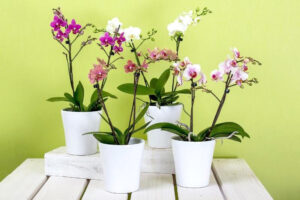April in USDA Zone 8 is a time of renewal, growth, and bustling activity in the garden. With warmer temperatures and longer daylight hours, it presents the perfect opportunity for gardeners to engage in a variety of outdoor tasks to prepare for a flourishing spring and summer.
This extensive guide will dig into essential activities for April gardening, including planning, planting, maintaining, and harvesting, with a comprehensive overview of suitable plants for your garden.
Spring Garden Planning
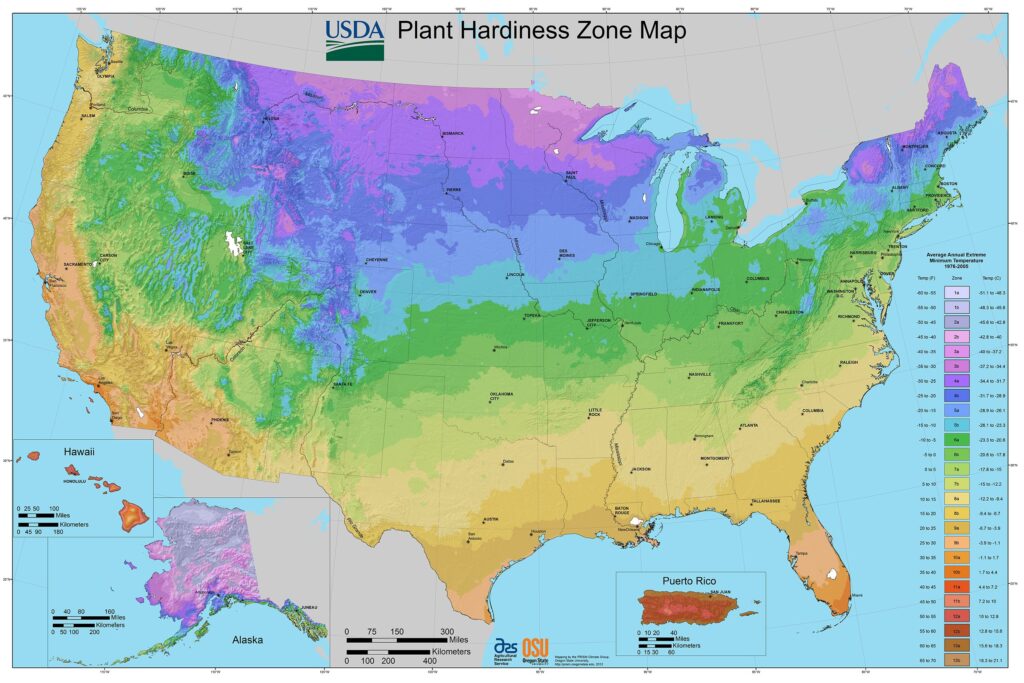
Before diving headfirst into the gardening season, taking the time to plan is paramount. April is prime time for assessing your garden layout and determining what you want to cultivate.
Start by evaluating your existing garden. Consider the size, shape, and sunlight exposure of each area. Zone 8 has mild winters, meaning many plants can be started early and even perennial plants can thrive. It’s essential to decide on crop rotations, companion planting, and whether you want to focus on vegetables, flowers, herbs, or a combination.
Drawing up a simple garden design can help you visualize spacing and proximity to prevent overcrowding, which can hinder plant growth. Seasonal factors like rainfall and regional pests should also influence your decisions. By carefully thinking through your planting strategy, you can achieve a more productive and vibrant garden.
Stock Up on Garden Supplies
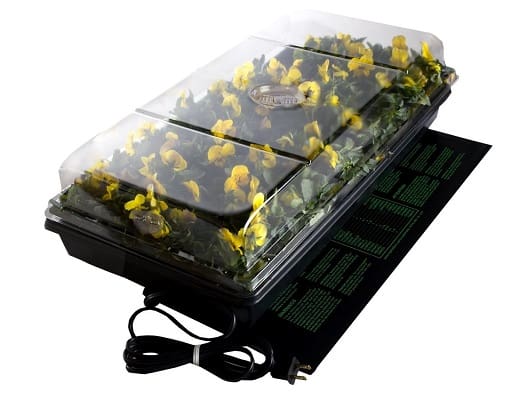
April gardening in Zone 8 requires the right tools and supplies. During this month, many local garden centers are stocked with a wide range of products essential for your gardening endeavors. Consider the following essentials to ensure a successful season:
Soil Amendments: Purchase compost, peat moss, and other organic fertilizers to improve soil quality. Well-amended soil will provide your plants with the nutrients they require.
Seeds and Seedlings: Check the varieties available and ensure you’re choosing the ones that thrive in your zone. Organic seedlings can often give your garden a head start.
Garden Tools: Essential tools include trowels, rakes, pruners, and hoes. Investing in high-quality tools saves time and effort in the long run.
Mulch: Bulk mulch helps conserve moisture, suppress weeds, and regulate soil temperature. Look for organic mulches to benefit the soil as they break down.
Watering Equipment: Ensure you have quality hoses, watering cans, or irrigation systems in place to provide adequate moisture to your plants.
As you prepare your garden, don’t forget to fence off areas to protect young seedlings from pests like rabbits or deer. A bit of upfront investment in tools and supplies can make your gardening tasks much more manageable and enjoyable.
How To Prepare and Maintain Your Spring Garden
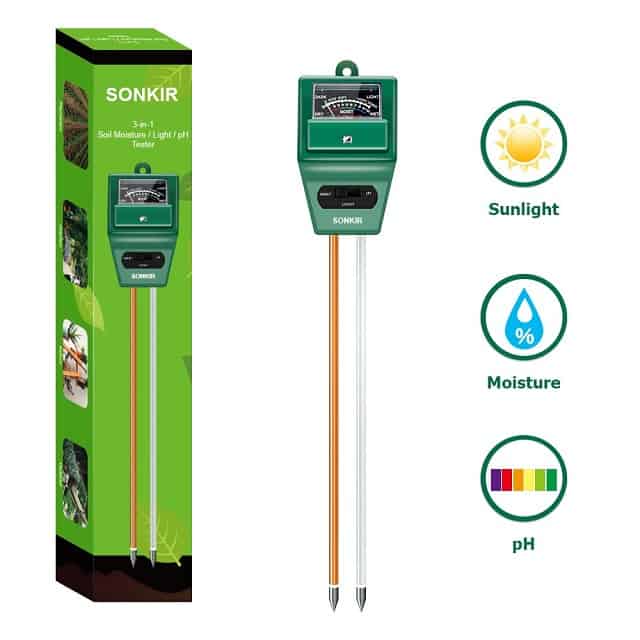
Preparation is key in the spring. Ensuring your garden is ready for planting involves several steps, especially in April when temperatures begin to rise.
Clean-Up: Start by removing any debris from the previous growing season. Old leaves, dead plants, and other refuse can harbor pests and diseases.
Soil Testing: Conduct a soil test to understand its pH and nutrient levels. Many local cooperative extension services provide affordable testing kits. Adjust your soil based on the results.
Tilling: Once the soil has dried out a bit, till the soil to aerate it. This step is crucial for root penetration and nutrient absorption.
Weeding: Start tackling those pesky weeds. An early start will prevent them from taking over as your garden grows. Hand pulling and hoeing are effective methods for smaller patches.
Watering: Set up a watering schedule. Newly planted seeds and seedlings require consistent moisture for germination and establishment.
Maintaining your garden is an ongoing task throughout the season. Regular checks for pests and diseases, appropriate watering, and timely fertilization will help your garden thrive.
April Garden Pruning

While the beauty of spring flowers might be captivating, April is also a time for pruning established plants. This allows for new growth and better air circulation.
The most important plants to prune in Zone 8 during April include:
Roses: Late March into early April is the best time to prune rose bushes in Zone 8. Cut back to the first set of robust buds, removing dead or crossing branches.
Fruit Trees: Many fruit trees can be pruned now. Focus on removing any dead wood and thinning out crowded branches to promote better air flow and light penetration.
Deciduous Shrubs: Such as butterfly bushes and spireas should be pruned back to encourage strong new growth. This rejuvenating cut will help these plants produce larger blooms.
Each cut should be made at a 45-degree angle to help prevent water accumulation on the cut surface, which can lead to rot.
Mulching and Amending the Garden
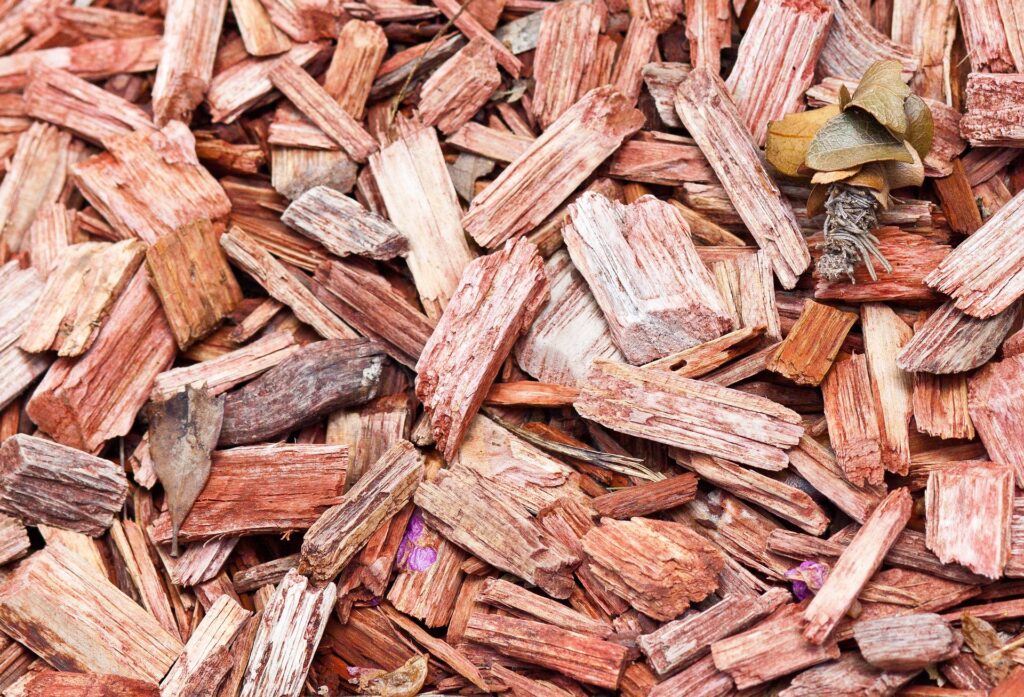
With your planting beds prepared, applying mulch in April serves multiple purposes. Mulch preserves soil moisture by reducing evaporation, keeps soil temperatures steady, and suppresses weed growth.
In Zone 8, it’s vital to use organic mulch, such as shredded bark, straw, or grass clippings, as it will decompose over time, adding nutrients back into the soil. It’s advisable to apply a layer of 2-4 inches around plants while avoiding contact with stems to prevent rot.
Additionally, consider using amendments based on the soil test results. Adding compost and organic fertilizers can significantly improve soil health and fertility, encouraging robust growth as the season unfolds.
Harvest Winter Garden Vegetables
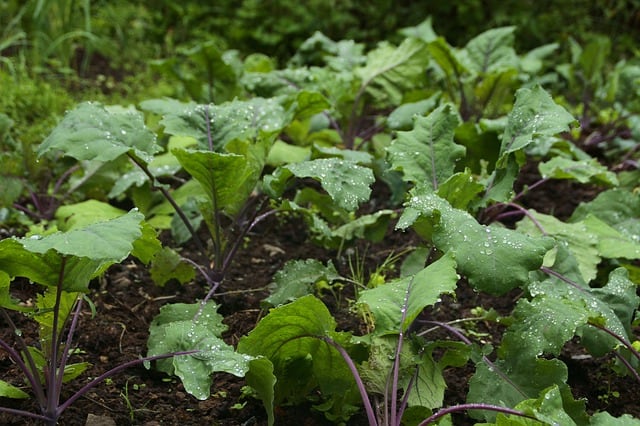
April is not solely about planting; it’s also a time to enjoy the fruits of your labor from winter planting! Many winter crops are still thriving in Zone 8 during this month and are ready for harvest.
Kale: This hardy green can be harvested continually once the leaves reach a suitable size. The cooler temperatures can even make the leaves sweeter.
Radishes: Quick-growing radishes can often be pulled after about 4 weeks from planting. They are a perfect crunchy addition to spring salads.
Carrots: Depending on the variety, these can be harvested in early April. Pull them when they are of a decent size, but leave some in the ground as they can be stored throughout the spring months.
Broccoli: Harvest the heads when they are firm and compact, cutting just below the flower head with some stem attached to encourage new side shoot growth.
Enjoying the freshness of these vegetables enhances your meals and gives you a sense of accomplishment that will spur you on as you continue your gardening journey.
Outdoor Spring Garden Planting
April is an opportune time to plant many crops in Zone 8. The risk of frost for most cold-sensitive vegetables has significantly diminished, allowing you to enjoy the benefits of a bountiful spring garden. The first step in outdoor planting is to prepare your garden beds by loosening the soil and improving its composition.
Ensure you check the soil temperatures; many vegetables prefer soil temperatures around 60°F or higher for optimal germination.
Vegetables To Plant
Here’s a detailed look at ten vegetables that thrive in April for Zone 8 gardeners:
Tomatoes
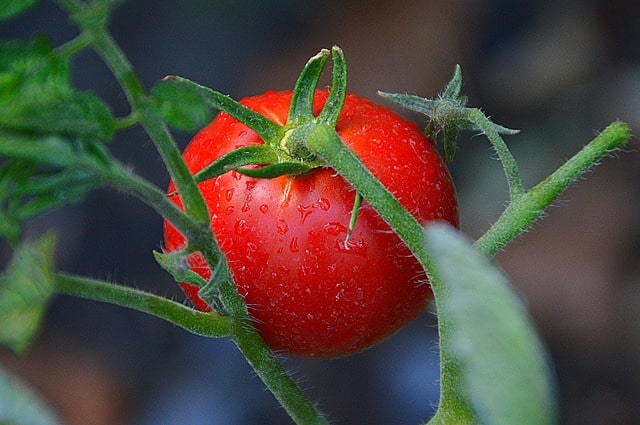
Tomatoes are a staple in many gardens. Start sowing seeds indoors in late March to transplant in early April, or buy seedlings. Select varieties that do well in your local climate, such as ‘Early Girl’ and ‘Cherokee Purple.’ Tomatoes thrive in warm temperatures, ideally above 70°F.
Peppers
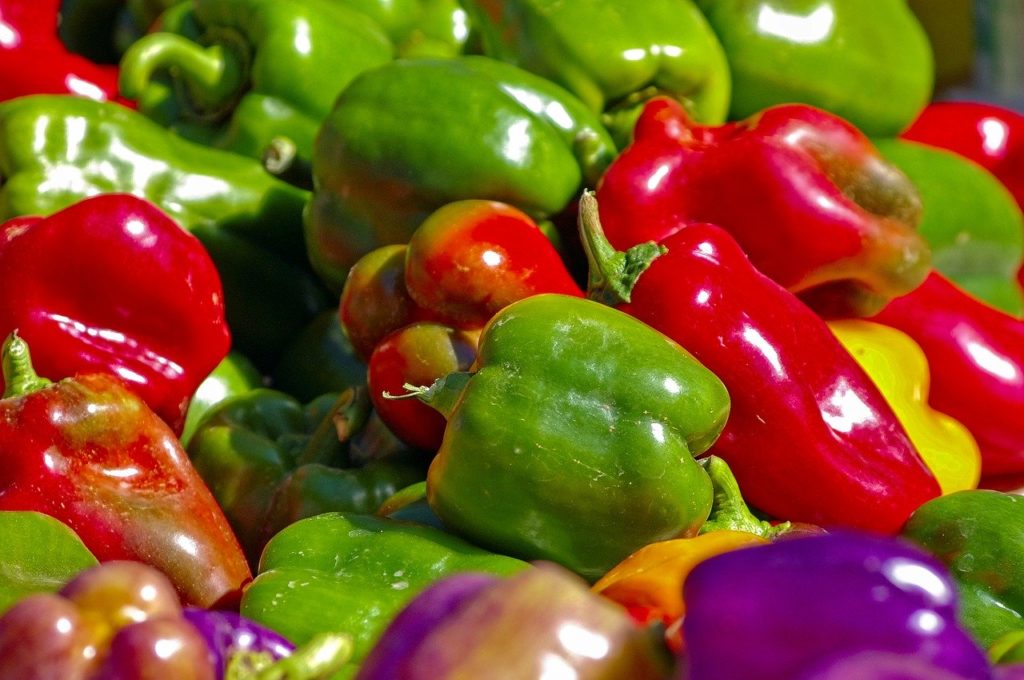
Like tomatoes, peppers thrive in warm weather. Sow seeds indoors in late winter or buy young plants for transplanting in April. Choose hot varieties like ‘Jalapeño’ and sweet varieties like ‘Bell Pepper.’ They prefer consistent watering but not soggy conditions.
Cucumbers
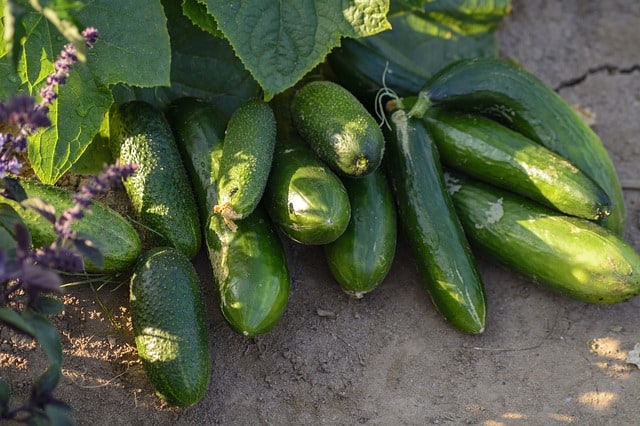
Direct sow cucumber seeds in the garden once the danger of frost has passed. Planting in well-draining, warm soil enhances germination rates. Varieties like ‘Marketmore 76’ and ‘Straight Eight’ can thrive in Zone 8’s warm climate.
Squash
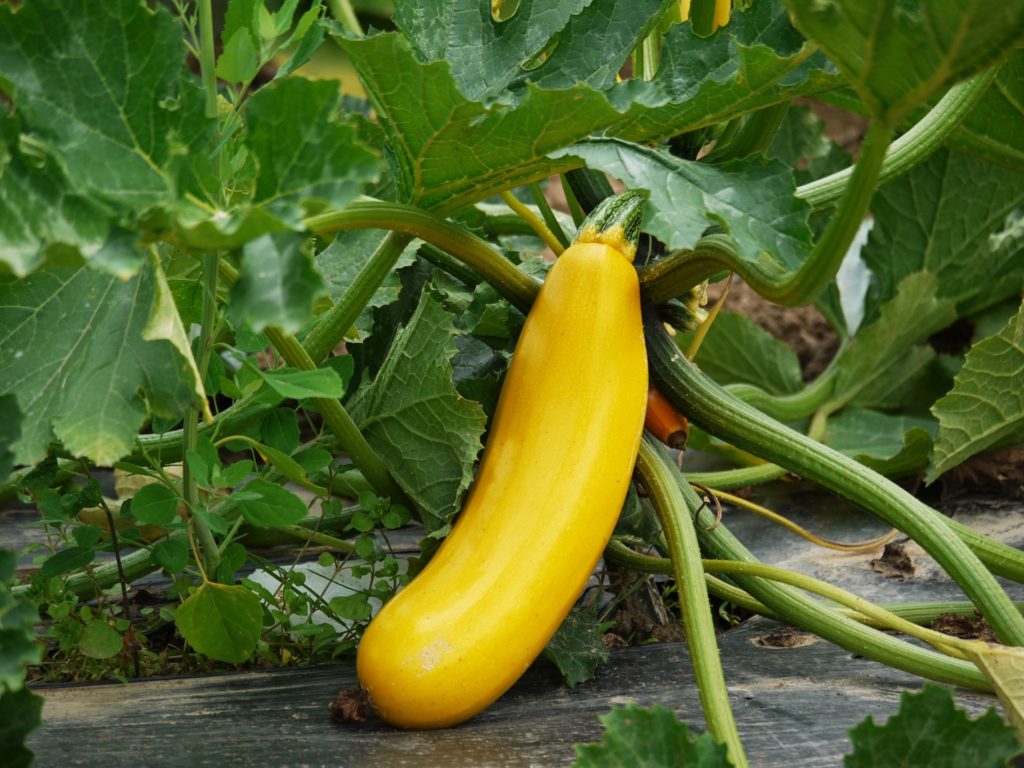
Both summer and winter squash can be sown directly into the ground after the last frost. Choose prolific varieties such as ‘Zucchini’ or ‘Butternut’. Consider spacing them adequately due to their sprawling growth habit.
Beans

Bush and pole beans can be directly sown once soil temperatures are sufficiently warm. Fast-growing varieties like ‘Blue Lake’ or ‘Kentucky Wonder’ can be harvested within a few months, providing a quick and tasty crop.
Corn
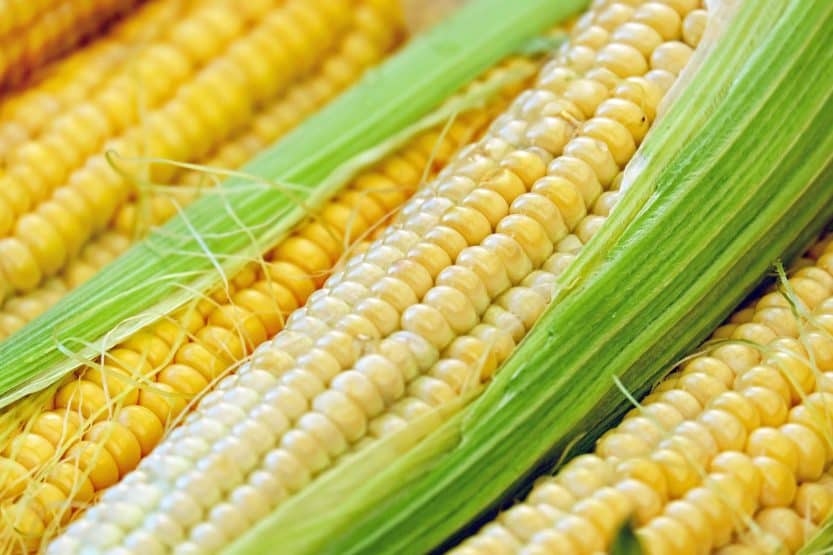
Sweet corn should be planted in April when soil temperatures reach 60°F. Varieties like ‘Golden Bantam’ and ‘Silver Queen’ are popular choices. Space rows adequately to facilitate cross-pollination.
Carrots
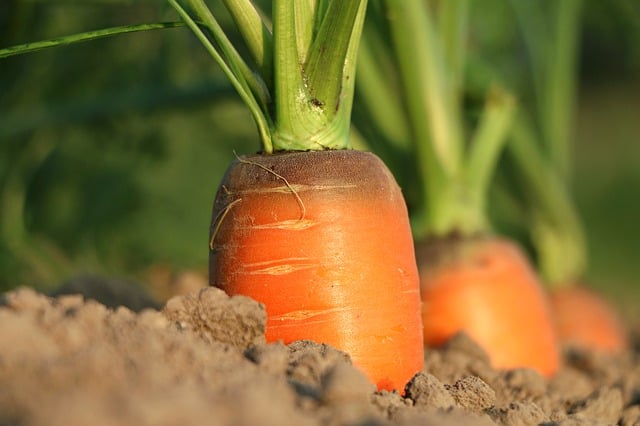
Though often planted in late winter, carrots can still be sown in early April. Choose quick-maturing varieties like ‘Nantes’ and ensure the soil is weed-free for optimal growth.
Beet
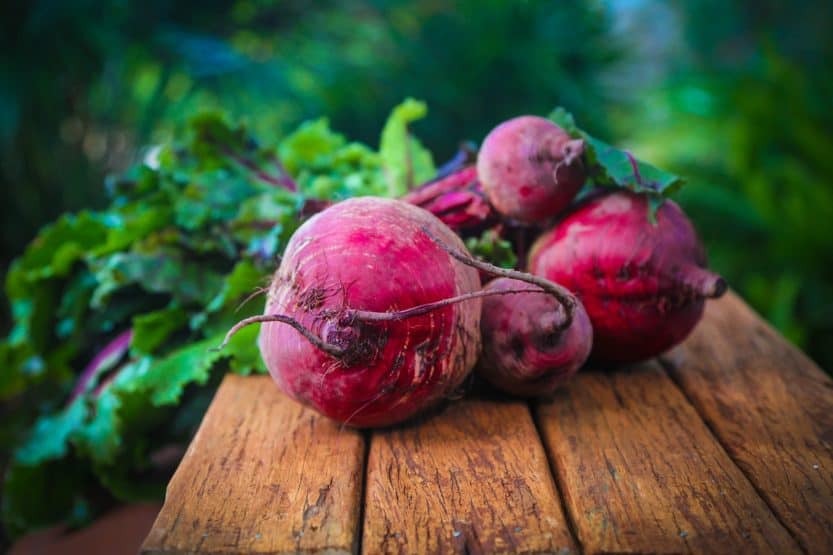
Beets like cooler weather and can be sown in April. Varieties like ‘Detroit Dark Red’ and ‘Chioggia’ produce sweet, tender roots. They can also be harvested for their greens.
Lettuce
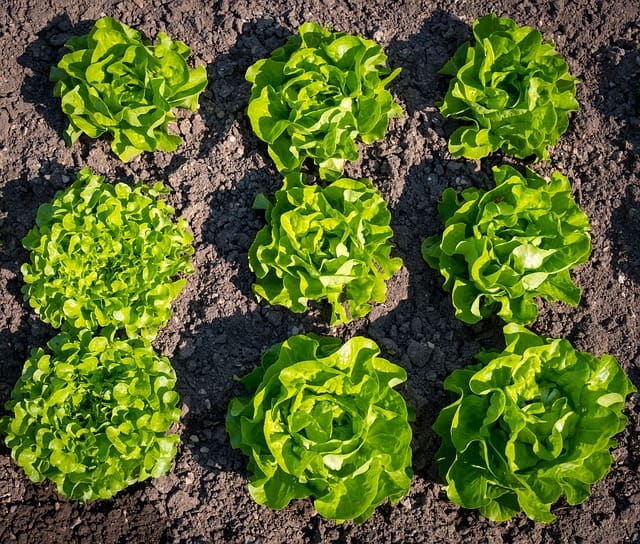
Lettuce can be sown directly in the ground in April or started in trays for transplanting. Look for varieties like ‘Butterhead’ or ‘Romaine’ which thrive in cooler temperatures.
Spinach
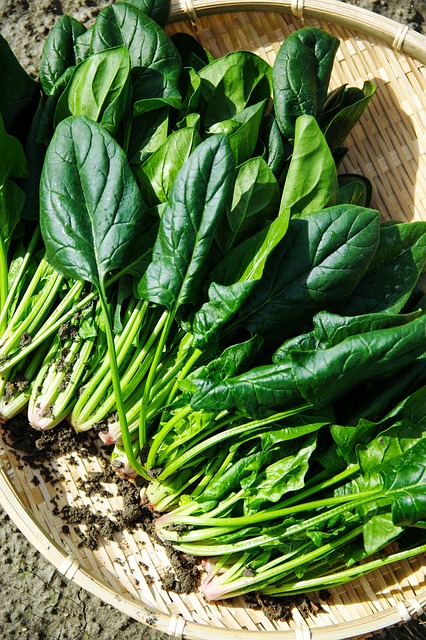
Similar to lettuce, spinach should be planted in early April. Varieties like ‘Bloomsdale’ can thrive in mild temperatures, making them a favorite in spring gardens.
Flowers To Plant
Creating a beautiful and vibrant flower garden in April can delight both the gardener and visitors alike. Here are ten flowers that do well when planted this month in Zone 8:
Petunias
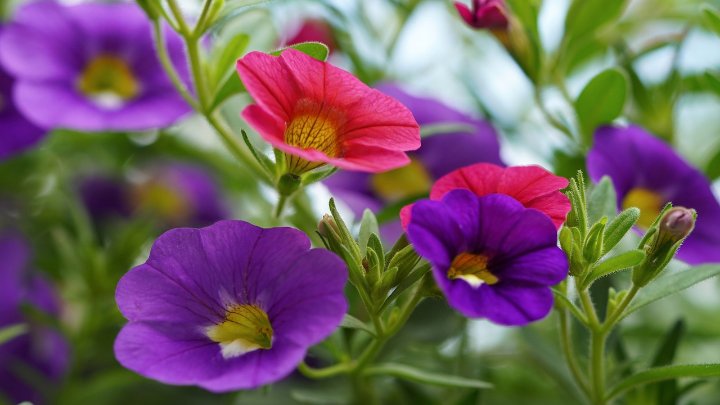
These annuals are a staple of spring gardens. Petunias like full sun and can be planted in early April. They come in various colors and can bloom until frost.
Marigolds
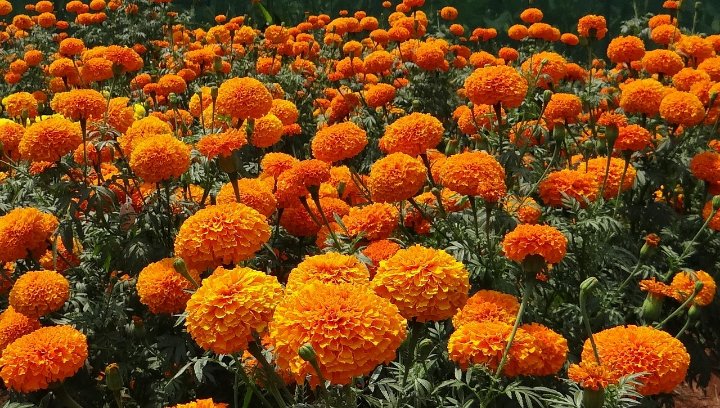
Known for their pest-repelling properties, marigolds are easy to grow and can be seeded directly into the garden. Varieties like ‘French Marigold’ can bloom continuously with minimal care.
Zinnias
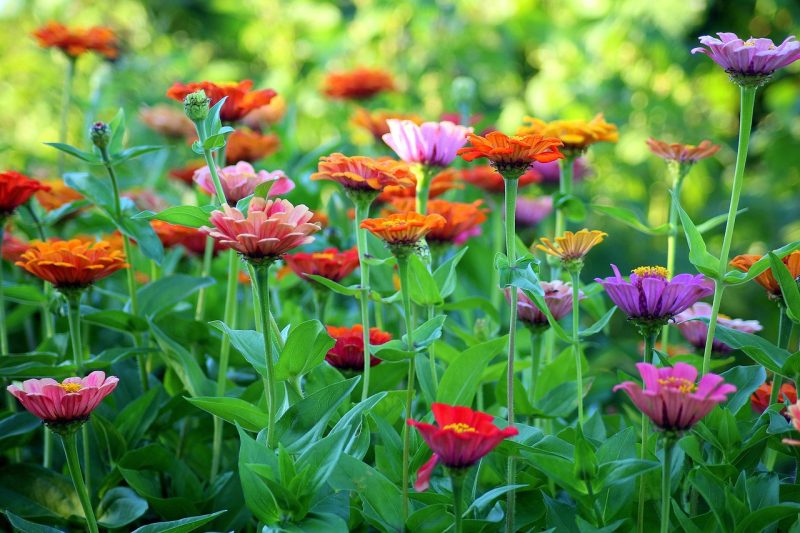
Zinnias are bright, cheerful flowers ideal for cutting gardens and can be sown directly into the ground in April. Their drought tolerance and broad color range make them a favorite to attract pollinators.
Sunflowers
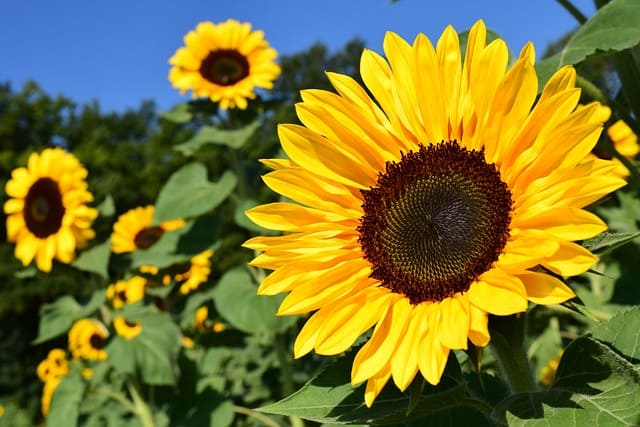
Large and cheerful, sunflowers can be grown easily by sowing seeds directly in a sunny spot. Varieties like ‘Mammoth Grey Stripe’ can grow towering heights, adding drama to your garden.
Cosmos
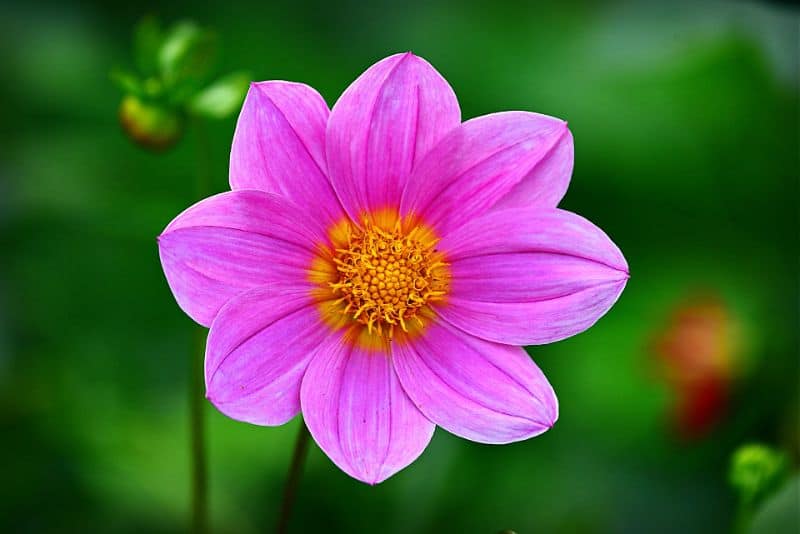
With delicate, feathery foliage and cheerful blooms, cosmos can thrive in poor soils and tolerate heat. They’re easy to start from seed directly in the garden.
Nasturtiums

Both edible and ornamental, nasturtiums can be planted directly in the ground in April. Their vibrant colors and peppery leaves attract pollinators and can add flair to salads.
Lobelia
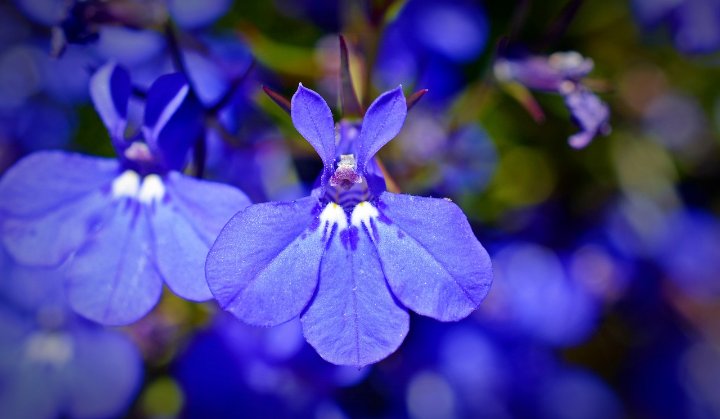
This flower is great for borders and hanging baskets. Start seeds indoors or purchase young plants to set out in early April for a fabulous summer display.
Salvia
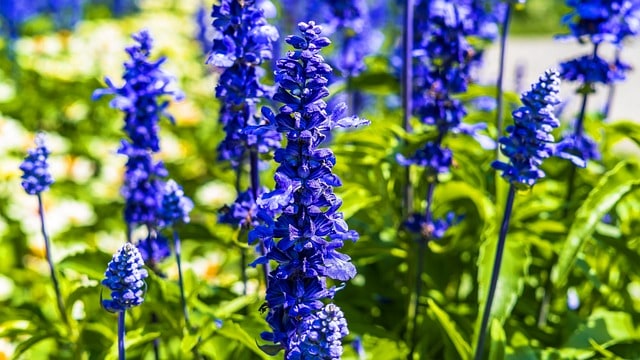
Salvia offers beautiful spikes of color that attract hummingbirds. Planting in the spring will yield blooms throughout the summer, so choose varieties like ‘Victoria Blue’ for added visual interest.
Impatiens
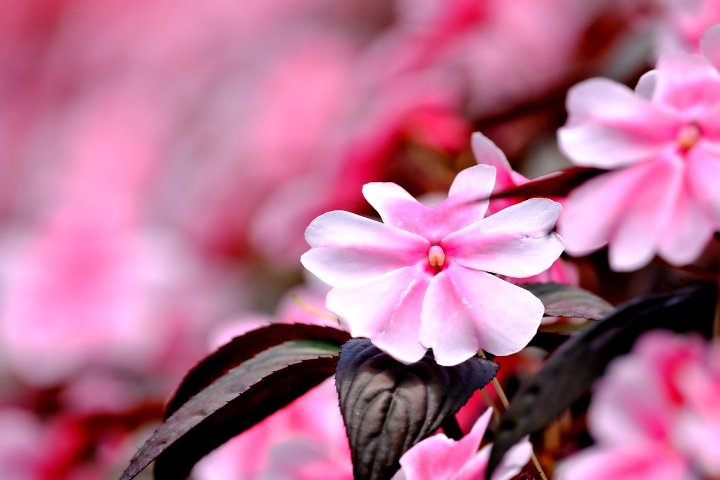
Ideal for shaded areas, impatiens bring charm to gardens. Purchase seedlings from local nurseries in early April to experience their lush blooms until frost.
Petchoa
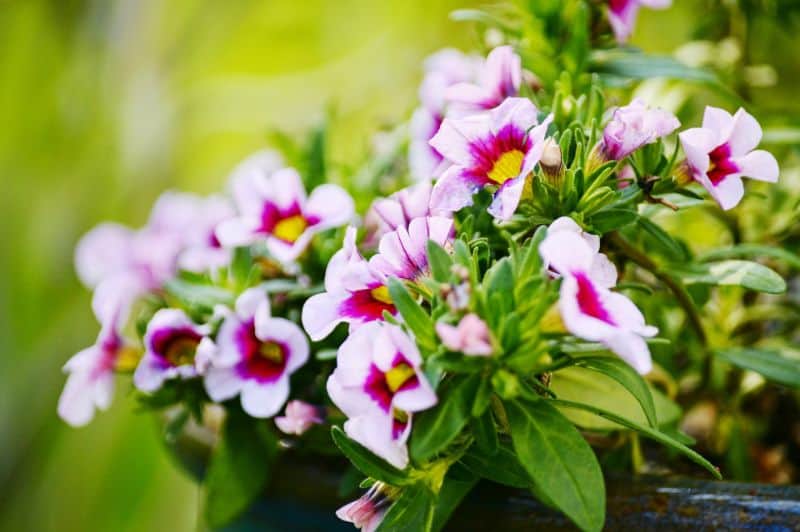
A hybrid between petunias and trailing calibrachoa, petchoas are tolerant of heat and humidity and produce a cascade of flowers.
Herbs To Plant
In April, herbs are a delightful addition to any garden. Fresh herbs enhance culinary dishes, and many require minimal maintenance. Below are ten herbs that thrive in Zone 8:
Basil
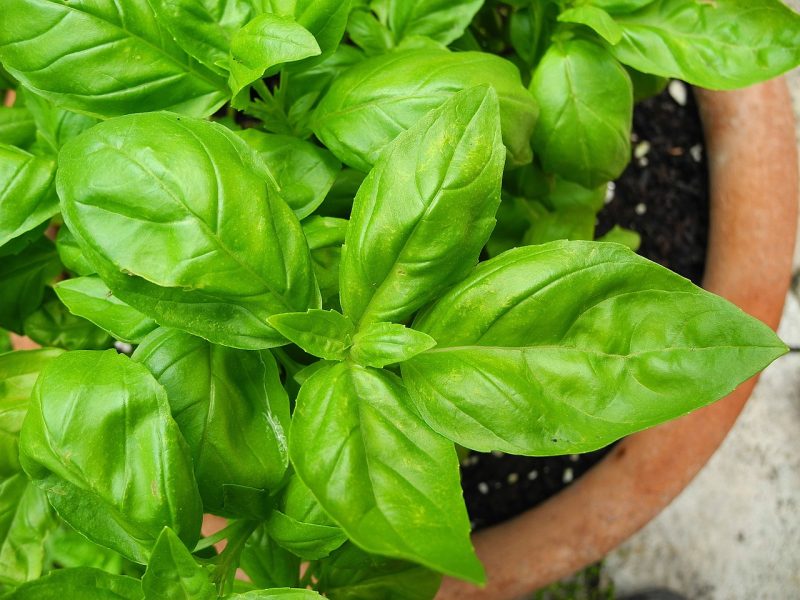
Basil is tender and should be planted after all frost risk has passed. Varieties like ‘Genovese’ and ‘Purple Ruffles’ thrive when planted in warmth and full sunlight.
Cilantro
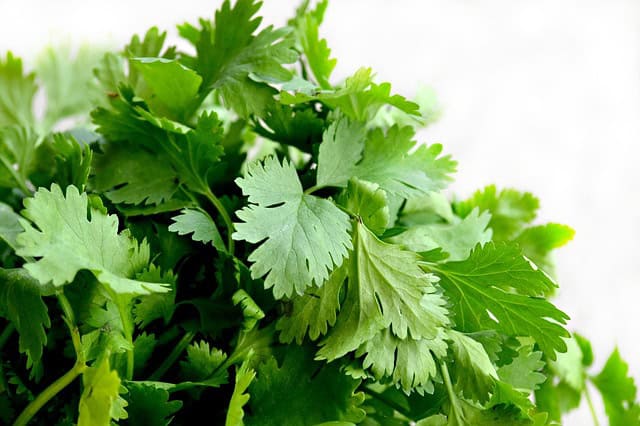
Cilantro prefers cooler temperatures and can be directly sown in early April. It’s great for companion planting and can be harvested quickly to enjoy its fresh flavor.
Chives
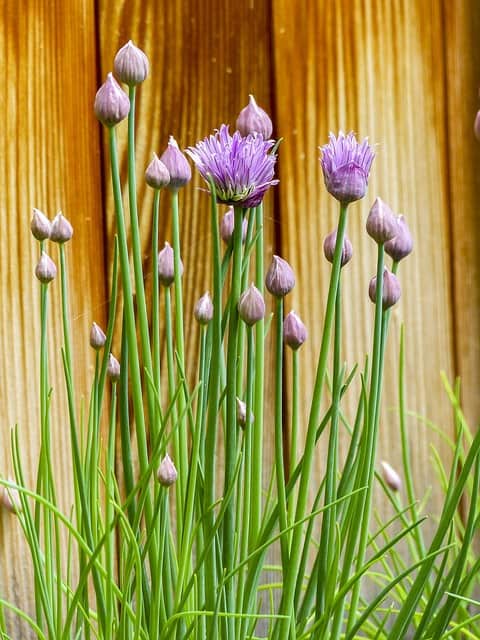
Chives are perennials that can be planted in early spring. They thrive in full sun and produce beautiful purple edible flowers.
Thyme
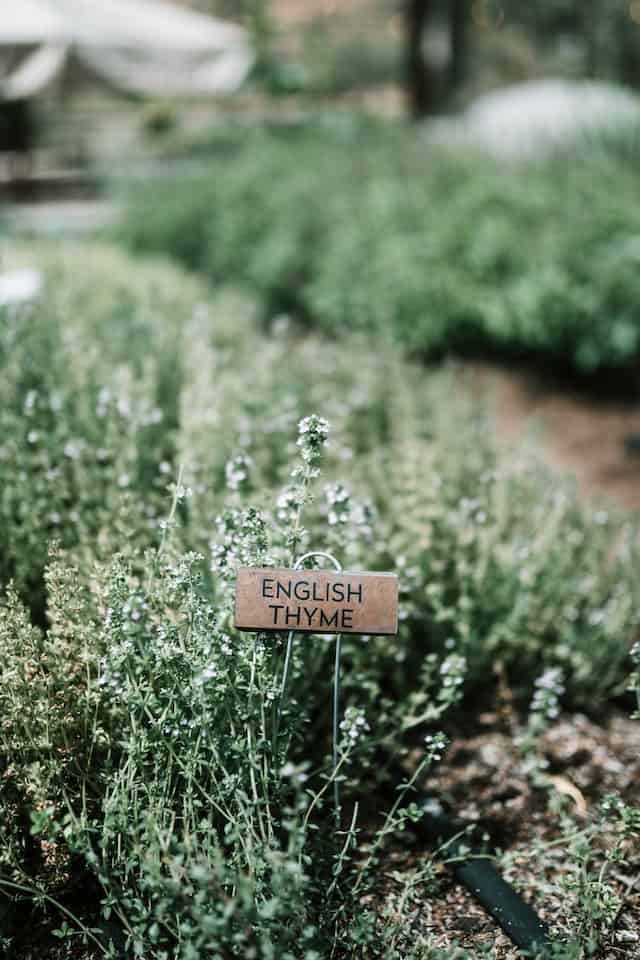
Thyme is quite hardy and will thrive in well-draining soil with plenty of sunlight. It’s drought-tolerant once established and can be harvested throughout the growing season.
Rosemary

While rosemary prefers warm conditions, young plants can be started or transplanted in early April. Make sure it’s planted in a well-draining area to prevent root rot.
Oregano

Oregano is a perennial herb that does well in warm weather. Plant it directly in the soil once the risk of frost has passed, and it can be harvested as needed.
Mint
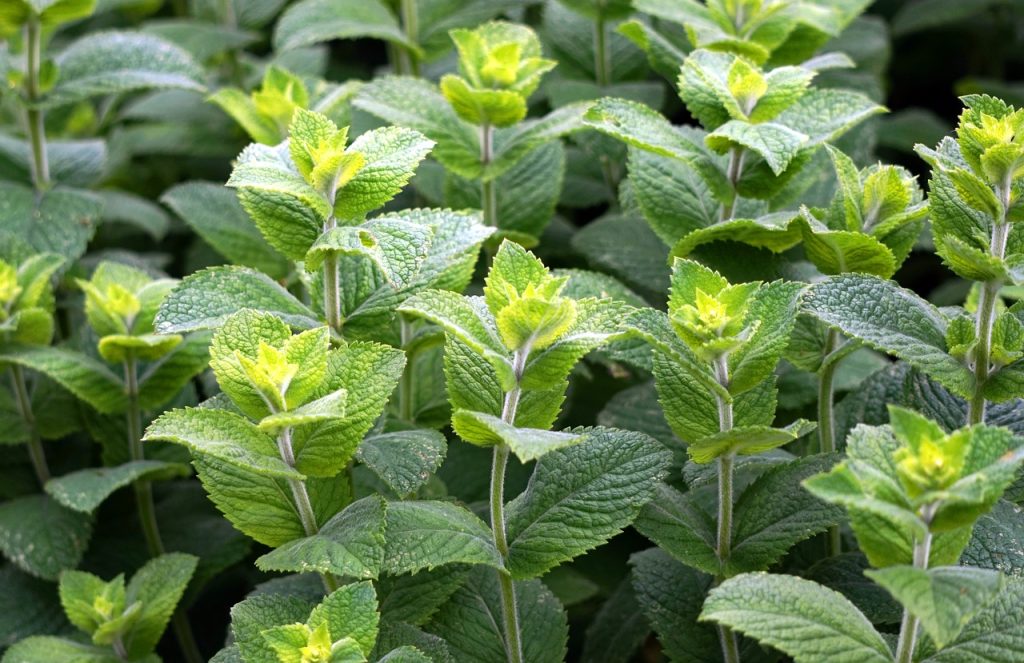
Mint can spread quickly, so plant it in a contained area or pot. It’s actionable early in April when the soil has warmed up. Regular harvesting promotes bushier growth.
Dill
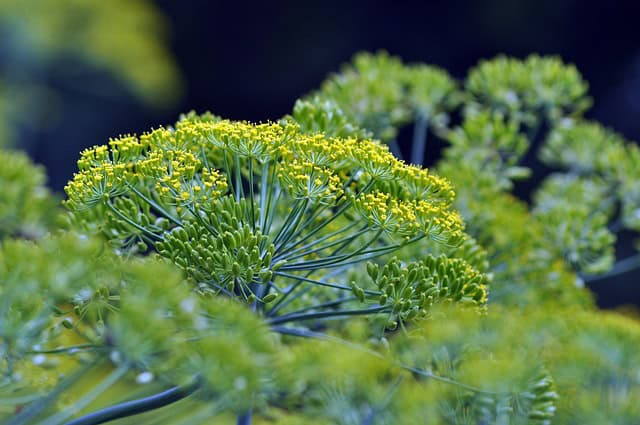
Dill can be sown directly in April, thriving in full sun and serving well in both garden and container settings. Dill pairs well with carrots and other vegetables.
Parsley
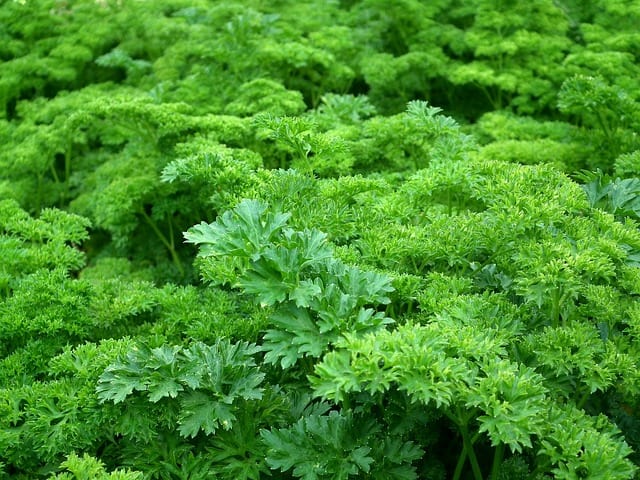
Parsley can be sown early in April. It is a biennial herb giving you a substantial yield if you keep harvesting the leaves.
Tarragon
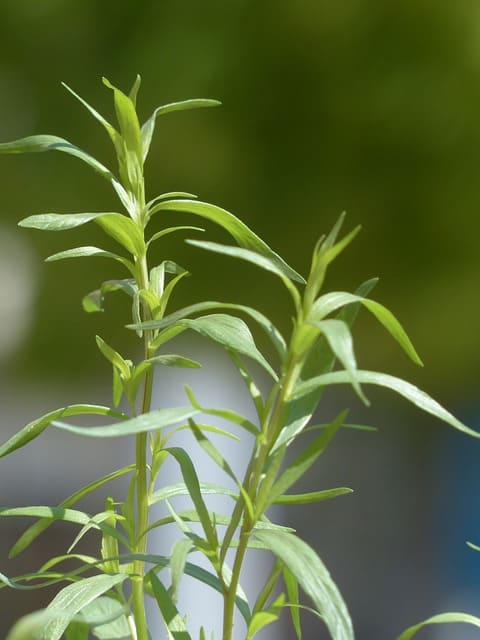
French tarragon can be set out in April. This perennial herb adds a distinctive flavor to dishes, making it a critical ingredient in many recipes.
Landscape Plants To Plant In April
If you’re looking to enhance your landscape’s aesthetic in April, consider planting these ten landscape plants suitable for Zone 8:
Dogwood (Cornus florida)
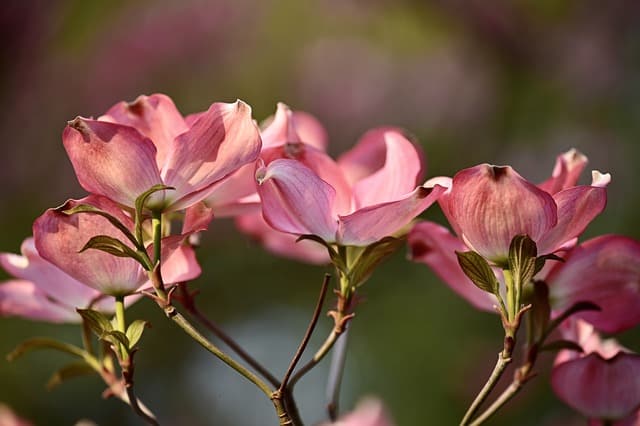
Dogwoods are stunning flowering trees that thrive in Zone 8 when planted in well-draining soil with partial sun. In April, these trees bloom with lovely white or pink flowers, providing a spectacular spring display.
Azaleas
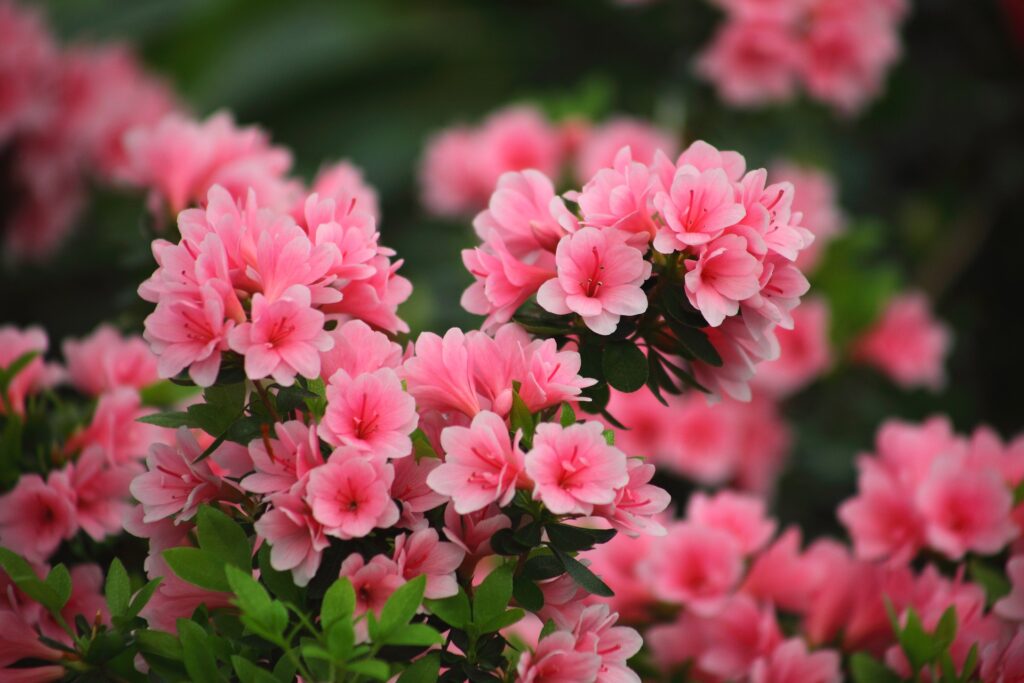
Azaleas thrive in acidic soil and are known for their stunning spring blooms. Plant them in shady areas of your landscape for optimal health and vibrant colors.
Hydrangeas
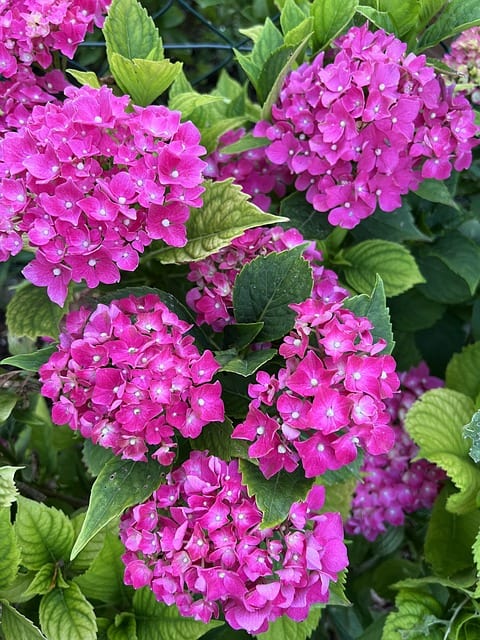
These shrubs bloom in various shades and prefer well-drained soil with plenty of moisture. Plant them in early April to showcase their blooms throughout the summer months.
Boxwood
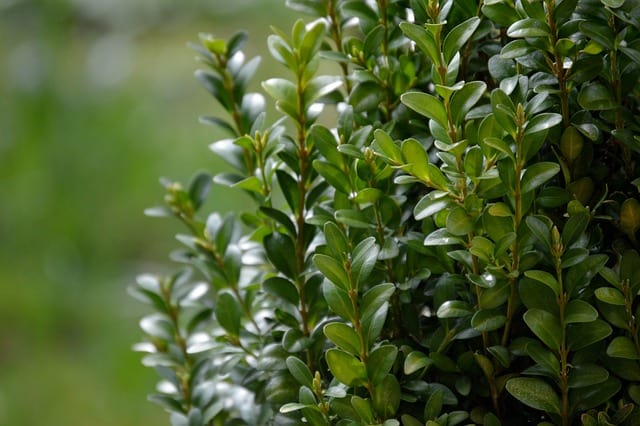
Boxwoods are excellent evergreen shrubs for structure in your garden. They are easy to shape and grow well in various soil types, making them versatile for landscaping projects.
Crape Myrtle
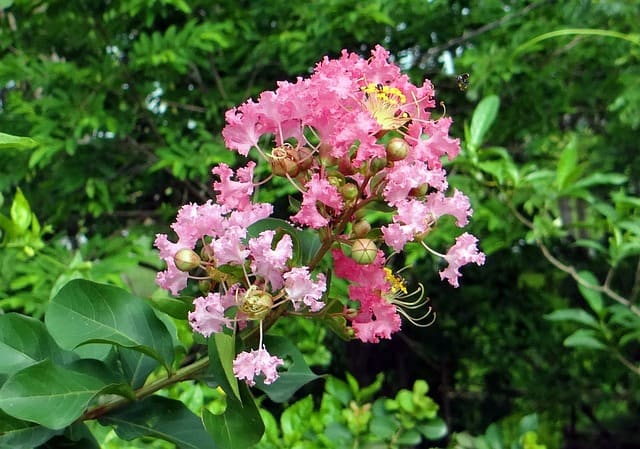
Offering long-lasting flowers and vibrant colors, crape myrtles are popular landscape plants. They thrive in full sun and can add a spread of color throughout summer.
Butterfly Bush (Buddleia)
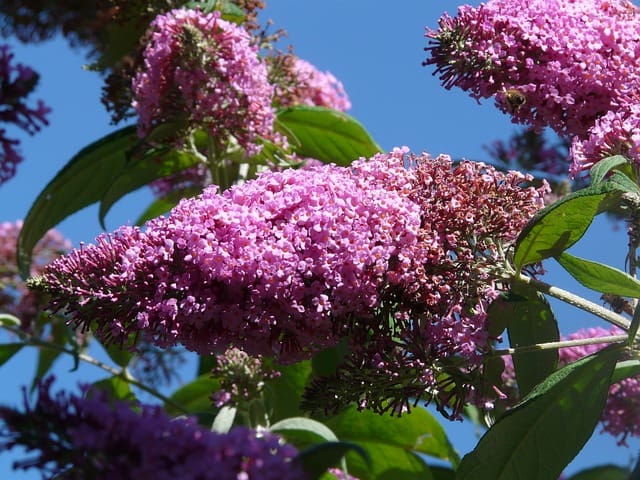
This shrub is known for attracting butterflies. Plant in early April in sunny parts of the yard for fantastic summer blooms and a lively garden.
Japanese Maple (Acer palmatum)

With its delicate leaves and beautiful colors, Japanese maple is an exquisite choice for any landscape. Plant it in early April and ensure it receives some shade.
Periwinkle (Vinca minor)
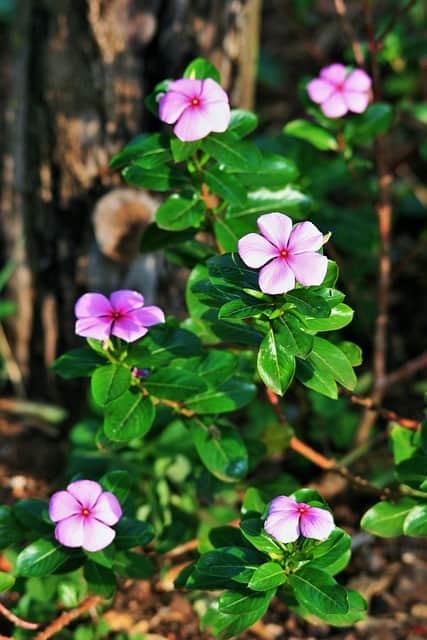
Ideal as ground cover, periwinkles can establish quickly when planted in early April. They provide vibrant blooms and help suppress weeds.
Daylilies (Hemerocallis)
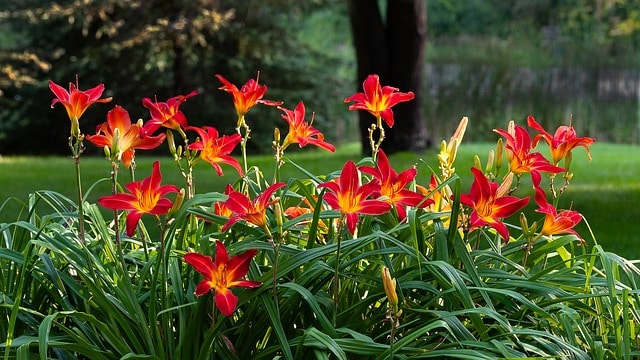
These hardy perennials can be planted in April for stunning summer blooms. They thrive in various conditions and come in an array of colors.
Hellebores

Known as the Lenten Rose, hellebores bloom early and can thrive in shaded areas, adding color before many spring plants awake.
FAQ
What is the best time to plant tomatoes in Zone 8?
Tomatoes can be planted starting in early April when the soil temperature is warm enough (ideally above 60°F) and after the last frost has passed.
Can I plant perennials in April in Zone 8?
Yes! April is a great time to plant perennials like daylilies and hydrangeas, as they will establish and bloom throughout the growing season.
When should I fertilize my garden in Zone 8?
Fertilizing should be done during the planting process and again as plants begin to grow actively. Using a balanced fertilizer in early April can support robust growth.
Are there any specific pests to watch for in April?
In early spring, watch for aphids, caterpillars, and slugs, which can infest new growth and seedlings. Inspect your plants regularly, especially after rainfall.
How often should I water my plants in April?
In April, as the weather warms, it’s crucial to water regularly, aiming for one inch of water per week unless there are significant rainfalls. Always monitor moisture levels in the soil.




